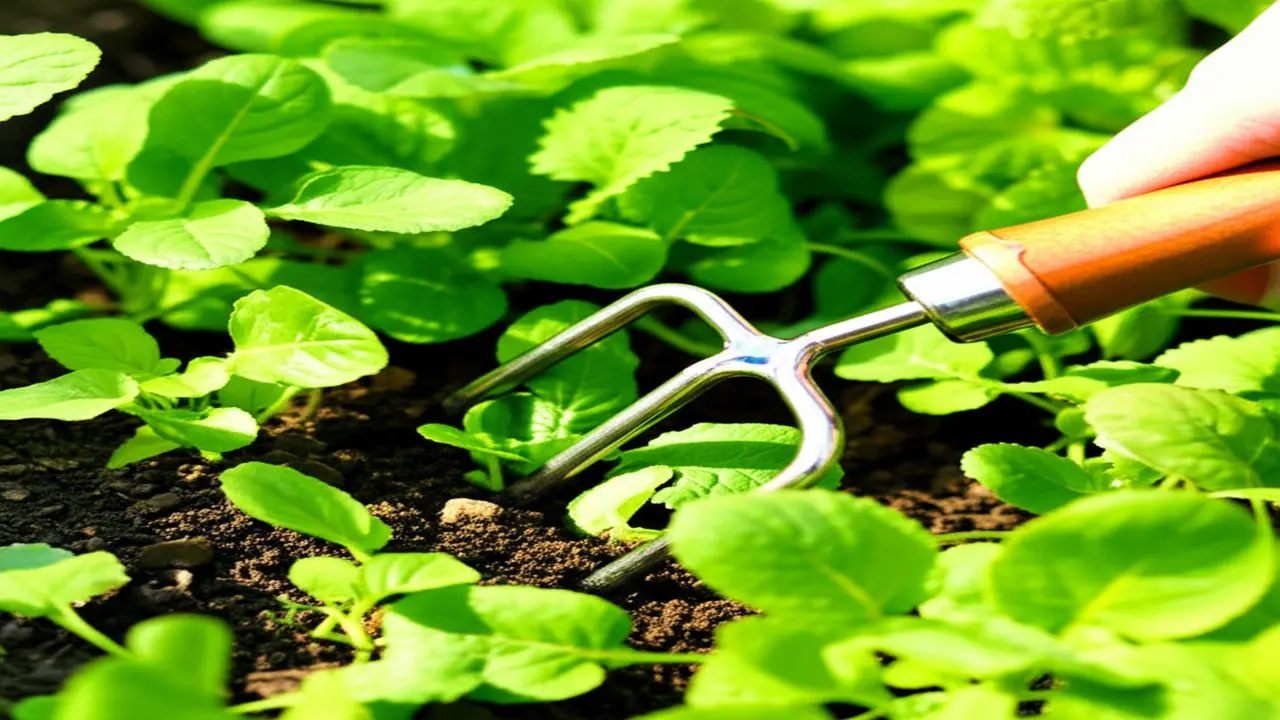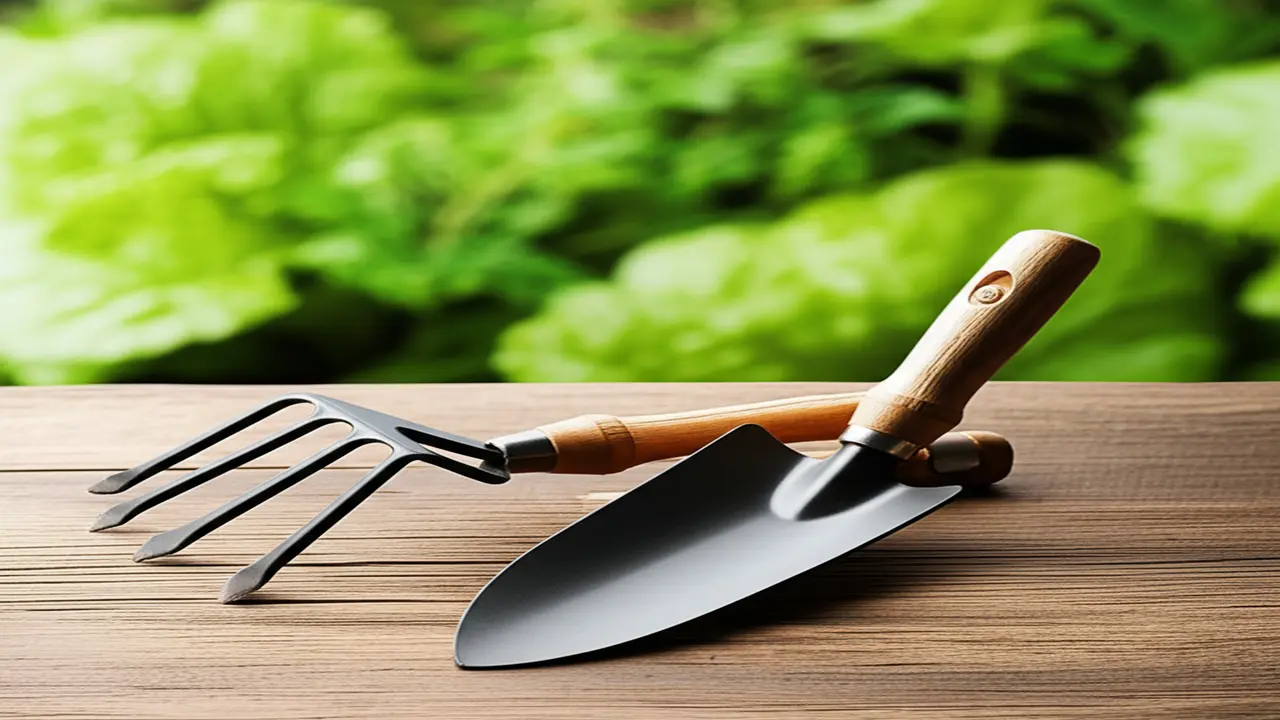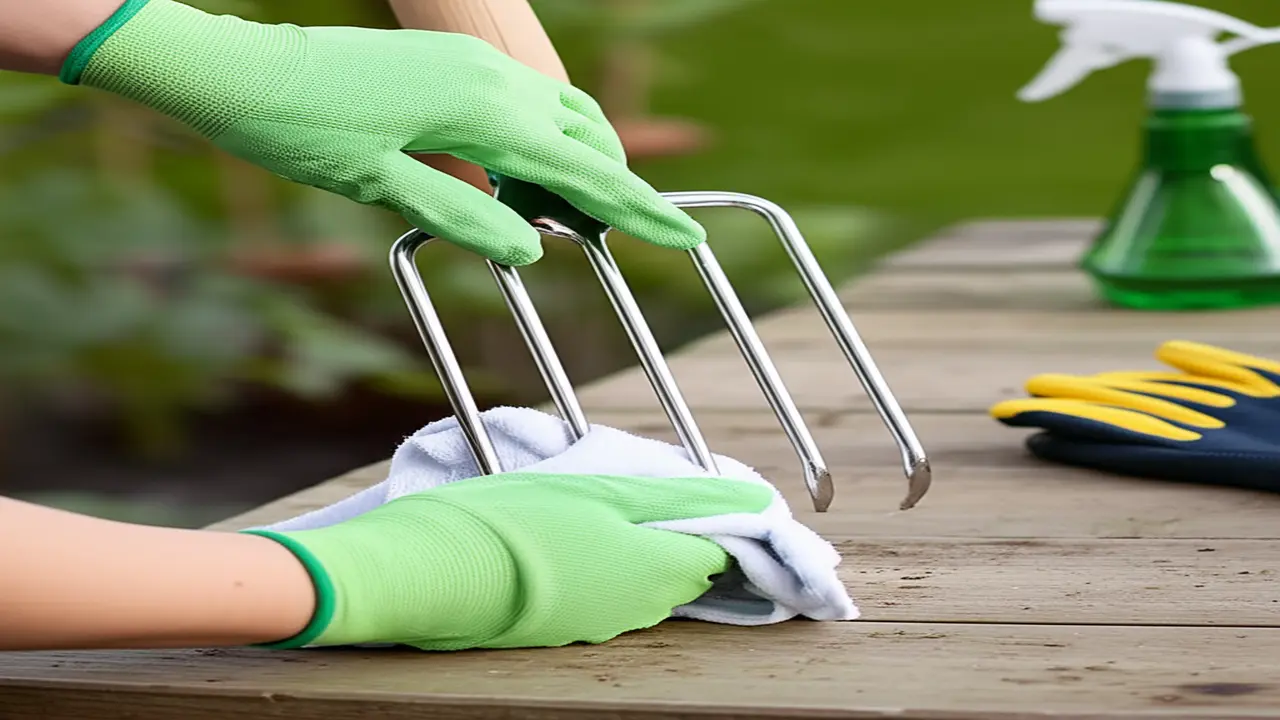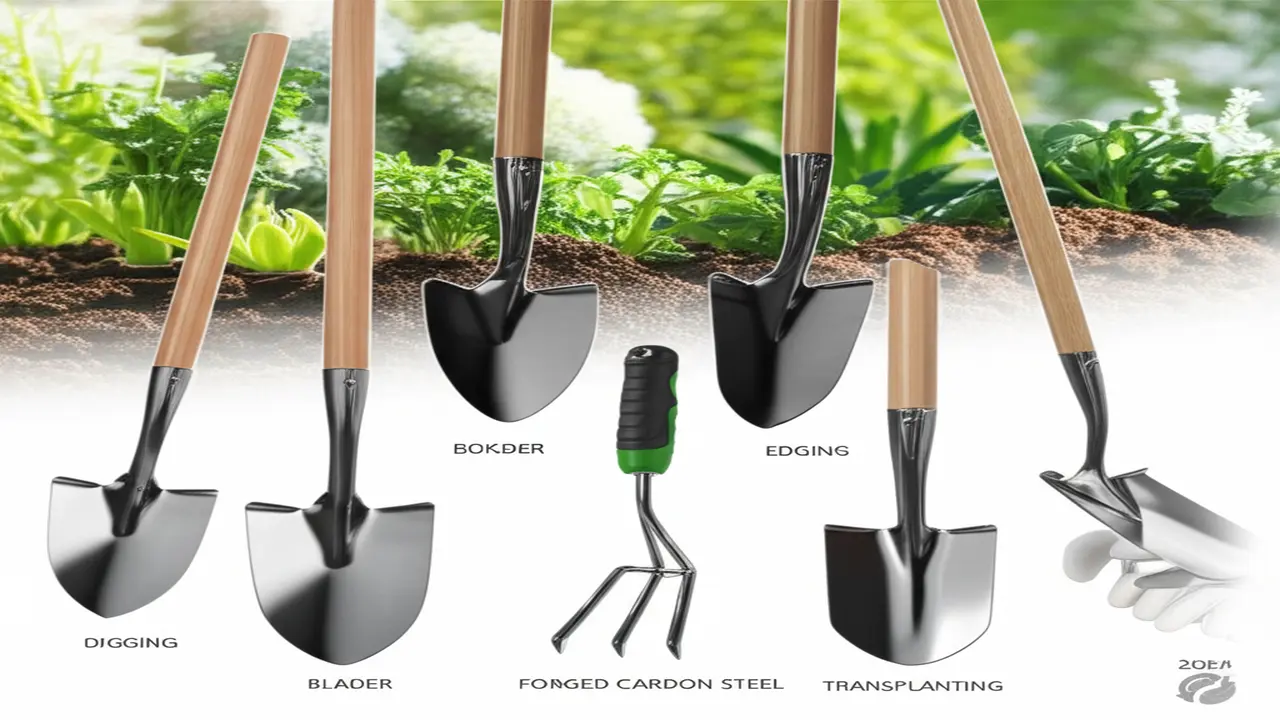The Versatile Hand Fork: Unearthing Every Use for Your Small Garden Tool
Your small garden fork, also known as a hand fork or cultivator, is a precision powerhouse in any gardener’s toolkit. This compact tool offers detailed control that gardeners who focus on the intricacies of their garden will truly appreciate. From loosening soil around tender seedlings to extracting stubborn weeds from tight corners, the small garden fork excels where larger tools can be unwieldy or damaging. In this ultimate guide for 2025, we will explore essential small garden fork uses to empower every gardener to maximize its potential.
Thank you for reading this post, don't forget to subscribe!Understanding the Small Garden Fork: Anatomy & Benefits
A typical Small Garden Fork Uses features a short handle and usually three to four stout, pointed prongs designed to penetrate soil efficiently without excessive disruption. Unlike larger digging forks or shovels, this hand tool excels in precision tasks within confined spaces. Key advantages include greater control for working among plants without harming surrounding roots, ergonomic comfort for sustained close-up activities, and exceptional versatility in both garden beds and container gardening. Whether working with clay, loamy soil, or compacted potting mixes, its adaptability shines.
Essential Uses of Your Small Garden Fork: A Detailed Breakdown
Precise Weeding & Weed Removal
One of the most crucial functions of the Small Garden Fork Uses is targeted weeding. Its slim prongs excel at loosening deep-rooted weeds, such as dandelions, by easing the soil around their taproots. In crowded flower beds, it enables careful extraction of shallow-rooted weeds with minimal disturbance to adjacent plants. Techniques that involve gently rocking the fork under the weed’s root ball can effectively loosen soil, enhancing removal success.

Gentle Soil Aeration
A small garden fork is instrumental in aerating soil, particularly near delicate seedlings where larger tools could cause damage. It effectively loosens compacted soils in containers and raised beds, improving oxygen flow and water drainage. Gently agitating the soil surface with the prongs enhances root health without disturbing the overall soil structure.
Transplanting Seedlings & Small Plants
Transplanting young plants demands care, and the small garden fork provides a reliable method to lift seedlings with their root balls intact. Its narrow prongs create clean planting holes, and when used to cradle the root system during transfer, the risk of root breakage is reduced — critical for successful transplantation.
Incorporating Soil Amendments & Fertilizers
Whether mixing compost into garden beds or integrating granular fertilizers around root zones, the small garden fork offers targeted application control. It ensures amendments are evenly blended without overmixing or damaging plant roots. This tool is also ideal for preparing custom potting mixes for containers.
Breaking Up Small Soil Clods
Before sowing seeds, a smooth, crumbly seedbed is vital. The small garden fork easily breaks up small clods of soil to create an ideal habitat for seeds to germinate. It also helps aerate dense clay soils for better penetration of moisture and roots.
Cultivating & Preparing Seed Rows
Surface scratching with the fork’s tips allows gardeners to scratch shallow furrows for sowing seeds. This precision avoids inadvertent damage to underlying seedlings and permits planting rows to be neatly defined.
Harvesting Delicate Root Vegetables
Harvest soft-rooted vegetables like carrots, radishes, or garlic by gently loosening surrounding soil with your small garden fork. This practice helps prevent bruising or damage that heavier tools might cause during harvesting.
Working in Pots, Containers & Raised Beds
For gardening in confined spaces, including pots and raised beds, the small size of the fork offers unsurpassed accessibility and maneuverability. It facilitates soil refreshing, aeration, and repotting tasks efficiently.
Light Scarification & Lawn Repair
If your lawn has bare patches needing reseeding, a light scratch with the small garden fork roughens the soil surface for improved seed-to-soil contact. It also aids in removing moss from delicate lawn areas without severe disruption.
Clearing Debris from Tight Corners
Leaves, small stones, and other debris can accumulate in confined garden corners. The pointed prongs of a small garden fork effectively dislodge and clear such debris, keeping your garden tidy.
Small Garden Fork vs. Other Hand Tools: When to Use Which
Comparing the small garden fork to other common tools clarifies its unique role:
- Vs. Hand Trowel: The fork is superior for loosening soil and precise weeding. In contrast, the trowel excels at digging holes, scooping soil, or planting larger items.
- Vs. Hand Cultivator (Claw): While hand cultivators are good for soil surface scratching, the small garden fork’s prongs offer better leverage for lifting roots or clods gently.
- Vs. Larger Digging Fork: Larger forks are better for heavy-duty turning but lack the finesse needed for intricate tasks within small or crowded spaces, where the small garden fork shines.

Best Practices for Effective & Safe Use
Grip your small garden fork firmly but not tensely, using a posture that utilizes your arm leverage comfortably. Employ angles suited for each task—for example, perpendicular insertion for aeration, or shallow angles for weed extraction. Always be cautious to avoid damaging nearby plant roots, working slowly in sensitive areas, and know when to pause to prevent soil over-tilling, which can harm soil ecosystem balance.
Common Mistakes to Avoid with Your Hand Fork
Applying excessive force with a small garden fork can bend or break the prongs and damage plant roots. Avoid using it for tasks suited to larger tools, such as digging large holes or moving heavy soil volumes. Neglecting cleaning and maintenance leads to rust and reduced tool lifespan. During weeding or transplanting, inattention to root safety can cause plant shock or death.
Caring for Your Small Garden Fork: Maintenance Tips
After each use, clean soil and plant debris from the fork to prevent rust and contamination. Wipe dry thoroughly, and if the prongs become dull, sharpen their edges to maintain efficiency. Store the fork in a dry, sheltered spot, ideally hanging or in a tool rack, to avoid moisture exposure.

Conclusion: Your Go-To Tool for a Thriving Garden
The small garden fork remains an indispensable tool for gardeners seeking detail-oriented, careful cultivation. Its versatility spans from weeding and soil aeration to transplanting and harvesting delicate crops. By mastering its uses and practicing proper care, you unlock its full potential—boosting your garden’s health and productivity. Embrace this compact cultivator as your garden ally and watch your green space flourish with precision and care.
For more insights on effective small garden tools and maintenance, explore our detailed reviews and guides on related gardening spades and accessories: folding garden spades, ergonomic garden spades, and comprehensive pruning shear selections. For expert advice on pruning techniques that complement your fork work, visit our professional pruning shears guide.
Additional helpful references include the Royal Horticultural Society’s expert overview on hand forks for proper handling techniques and usage ideas available at RHS Hand Fork Guide, and practical hand fork usage tips from Gardeners.com: How to Use a Hand Fork.
FAQs about Small Garden Fork Uses
Q: Can a small garden fork be used in all soil types?
A: Yes, it is effective across a variety of soils including loam, clay, and potting mixes, although care should be taken in very rocky or extremely hard soil to avoid damaging the tool.
Q: How does a small garden fork differ from a hand trowel?
A: The fork is designed mainly for loosening and aerating soil and detailed weeding, whereas a trowel is better suited for digging and scooping tasks.
Q: What is the best way to maintain a small garden fork?
A: Clean it after use, keep it dry to prevent rust, sharpen prongs if blunt, and store in a dry place away from the elements.
Delve into practical gardening with the right tools to empower your green thumb. The small garden fork, an expert’s choice, blends precision with versatility for every flourishing garden.

